- The Vision EQXX is a fully running all-electric prototype vehicle designed to test range and efficiency.
- Mercedes engineers' main goal was to travel 1,000 km (about 620 miles) with a 100-kWh battery pack.
- Before the EQXX took its final form, its powertrain was first tested in a heavily modified Mercedes-Benz EQB.
Mercedes-Benz Vision EQXX First Drive Review
Mercedes' uber-efficient EV traveled more than 620 miles on a single charge on public roads. Twice.
747 miles or 1,202 kilometers. That's how far the Mercedes-Benz Vision EQXX — a prototype vehicle designed to travel 1,000 kilometers thanks to its light curb weight and large 100-kWh-battery pack — traveled on a single charge. That beat the car's previous record of 1,008 kilometers it had set a few weeks earlier. For reference, the Mercedes-Benz EQS 450+ and its 108-kWh battery pack managed 422 miles of range on Edmunds' real-world EV range loop. How did Mercedes-Benz and this sleek little faux-door (the rears don't actually open) do it? We had an opportunity to fly to Germany to drive the car and find out for ourselves.
Am I Ready for an EV?
- EV ownership works best if you can charge at home (240V outlet)
- Adding a home charging system is estimated to cost $1,616 in
- Edmunds is partnering with Treehouse, an independent provider of home EV installation services. Learn more about the installation services partnership
What is the Vision EQXX?
Last year, Mercedes started work on the EQXX with one guiding goal: Design a car that can travel 1,000 kilometers with a 100-kWh battery pack. Range and efficiency were paramount, and every aspect of the car, from its overall shape to the tire compound, was carefully and deliberately considered. Mercedes managed to make the sleek bodywork look pretty darn good, if I say so myself. The attention-getting design extends to the interior, too, which is both stunning to look at and far more put together than most concept cars that we see.
The EQXX follows other Mercedes concepts like the Vision AVTR and Vision EQS, the latter of which eventually resulted in the EQS sedan we know today. Unlike those concepts, this is a real running and driving vehicle. Because the powertrain was tested using a heavily modified Mercedes-Benz EQB as a disguise, the automaker's engineers got all the kinks sorted out and say they had no mechanical issues on either of its long-distance trips.
What about the EQXX makes it so efficient?
Literally everything except the butt in the driver's seat. While no car is the end result of a single team within an automaker, Mercedes' aerodynamic and powertrain engineers worked together closely to maximize range and efficiency. The designers and engineers managed to get the drag coefficient down to 0.17, the lowest of any car we've seen on the road. That's better than the EQS' 0.20 drag coefficient, which itself beats the Tesla Model S (0.208) and Lucid Air (0.21).
If you look at the photos, you might be surprised to see that the EQXX uses real side mirrors rather than sleek, aero-cutting cameras like you see on other concept cars. Cameras are small and create less drag, so why use a mirror? Mercedes' engineers found that the power draw from the battery to run the cameras and displays constantly was higher than the aero penalty if you used real, if petite, mirrors. There's also an extendable rear diffuser that further enhances aero. Neat stuff, and of course there's more.
The rear window? Not really a window. It and the roof form one large, low-profile solar panel. But it doesn't charge the battery pack. Instead it's used to power 12-volt systems like the lights, air conditioning and infotainment screen, so the big battery can focus on supplying power to the road. Over the 1,000-kilometer trip, Mercedes calculated the solar panel generated 1.15 kWh of power, equivalent to about 13 kilometers of driving.
The tires were specially developed by Bridgestone for this very car. They look like the same rubber you'll find on the street, but they've been optimized for both aerodynamic efficiency and low rolling resistance. The tires are mounted flush against the magnesium wheels for improved aero.
The electric motor and inverter for the battery are both unique to the EQXX. Oh, and that 100-kWh battery pack? It's smaller and lighter than the one in the EQS. The drive unit produces less heat than the one you'll find in the EQS, so the heat management system could be smaller and lighter.
The car uses a mix of lightweight materials, including aluminum, magnesium and carbon fiber. The Mercedes-Benz emblem is painted on, likely for both weight savings and aero improvement. All together Mercedes says the EQXX weighs 3,896 pounds — very light for an EV with a pack of this capacity — making it roughly the same weight as a Ford Mustang GT or BMW 4 Series Gran Coupe.
How does it drive?
We only had an opportunity to drive the EQXX at Mercedes' testing facility in Immendingen, Germany. Initial impressions are positive. Despite Mercedes constantly stressing that this is not a production car, it feels far more polished than most concept cars or prototypes we see. Really, if you didn't know the rear doors were fake, you might mistake it for an early preproduction car. That's especially true when you see it on the street wearing front and rear German license plates. And while the automaker didn't crash-test the car (there's only one), Mercedes says the car's design took into account German crash safety laws.
It's not the quickest EV in the world. Total output is about 150 kW, or around 200 horsepower. That's not a lot for a 3,800-pound car. It benefits from the instant throttle response you get from all EVs, so it doesn't necessarily feel slow either. The bodywork might look sleek and sporty, but the EQXX was designed for efficiency first.
Steering is surprisingly good, offering more feedback than the systems in many production cars you see on the road. It's quick and light enough that the winding roads on Mercedes' proving grounds didn't require a lot of hand-over-hand maneuvers. Not that we'd want to push it too hard in a corner. The suspension is somewhat firm and the battery is mounted low, so body roll isn't an issue. On the other hand, the tires are more eco-minded than performance-oriented. They're narrow, and the small contact patch means low handling limits.
The brakes offer strong regen, allowing for easy one-pedal driving. The regen itself is adjustable using the wheel-mounted paddles. There are four modes. D- -, D-, D and D+. That's ordered from the most to the least amount of regen, but there's more to it than that. If you're in D, the EQXX takes a look at navigation and can calculate whether coasting or using regen would actually be more efficient. Gaining energy through regenerative braking is great, but it's wasted if you expend it just to speed back up.
D+ is sort of a coast mode. Lift off and the EQXX just rolls. And rolls. And rolls. With relatively little wind resistance and narrow tires reducing friction, there just isn't much to slow it down. After getting used to it, you can adapt your driving style toward coasting the same as you can for one-pedal driving. Admittedly it requires more work since you still have to use two pedals to drive, but there's a level of engagement to it. The mechanical brakes aren't perfect. They felt a bit grabby at low speeds, and initial bite wasn't always as strong as we'd like. That said, we never felt short on raw stopping power.
What else should I know?
Mercedes currently has no plans to put the EQXX into production. This was a one-off project, and lessons learned here will be applied to future EVs.
And frankly, a car this efficient is overkill. 747 miles is a long distance in any car, electric or not. It's edge-case stuff, and most drivers will stop and have an opportunity to charge long before the battery runs empty. Charging speeds are getting better all the time, so it makes more sense to have smaller, lighter, quicker-charging batteries than bigger and heavier batteries that take longer to charge. The EQXX wasn't designed for quick charging anyway. Its 150-kW peak charge rate is lower than the rates for leading electric vehicles. Higher charging thresholds would have required beefing up the electronics and thus adding weight. Remember, the EQXX is about efficiency first.
There are some cool interior tidbits as well. The upholstery is made from cactus, and bamboo fiber is the carpet material. A lot of the parts, from trim pieces to stuff hiding beneath the bodywork, was 3D-printed. Mushrooms and vegan silk are both present. Beyond that, it's beautiful to look at, and the full-width display is genuinely impressive.
Mercedes' Formula 1 and Formula E teams both had significant input on the powertrain. The F1 team was instrumental in reducing the size of the battery without losing capacity, and they worked to help the powertrain achieve 95% efficiency, which means 95% of the energy expended is actually being used to move the car rather than being lost as heat. That's an unheard of percentage for most automobiles. The most heat-efficient gasoline engine achieves roughly 40% thermal efficiency.
Edmunds says
Mercedes has no plans to put the Vision EQXX into production — disappointing given its capabilities. We think this has the potential to be a real halo car for the automaker's EV division, so we hope the EQXX has a heavy influence on what's coming down the pipeline.

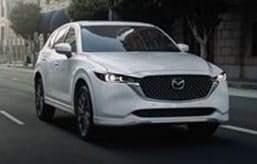
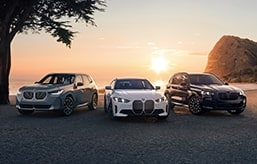
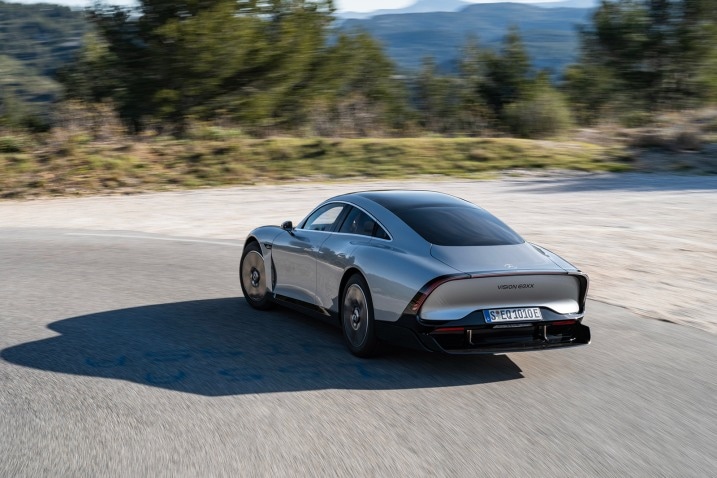
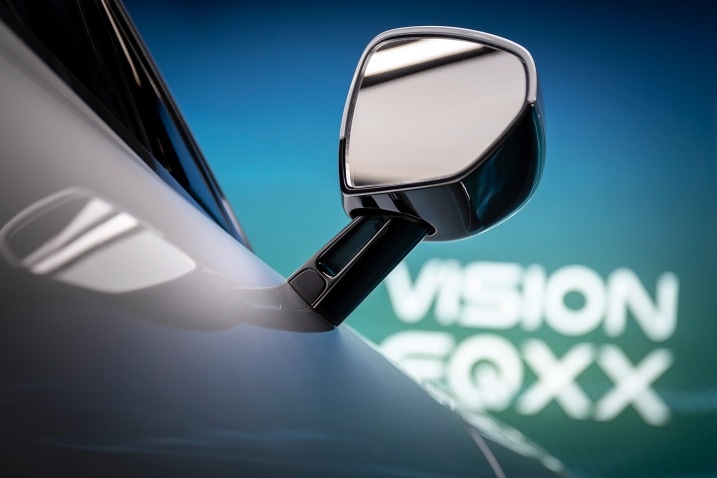
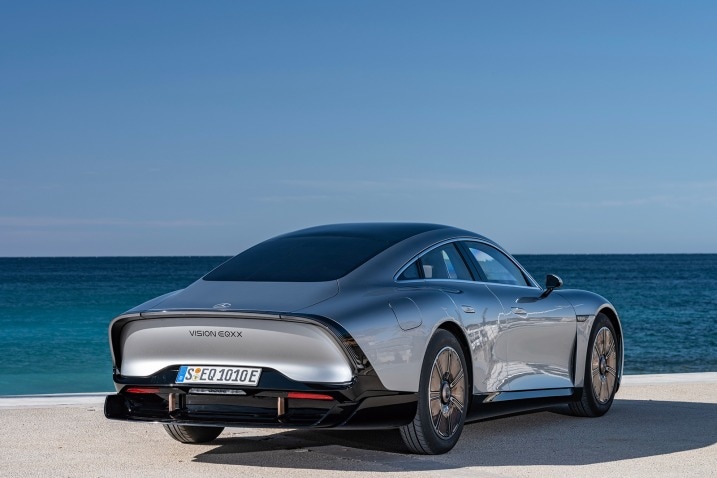

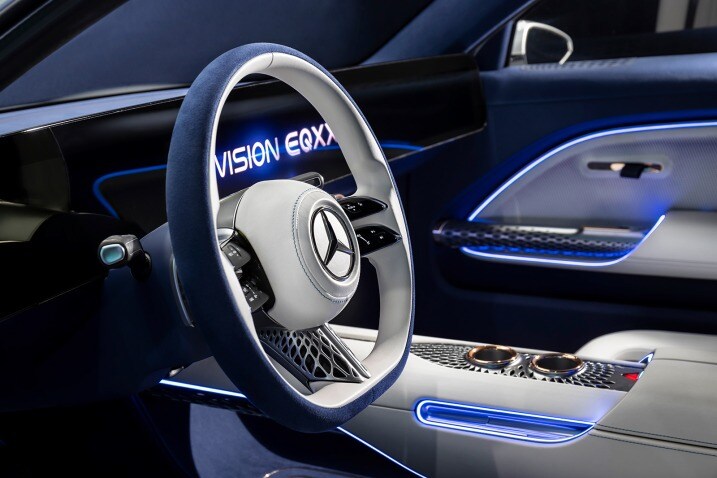
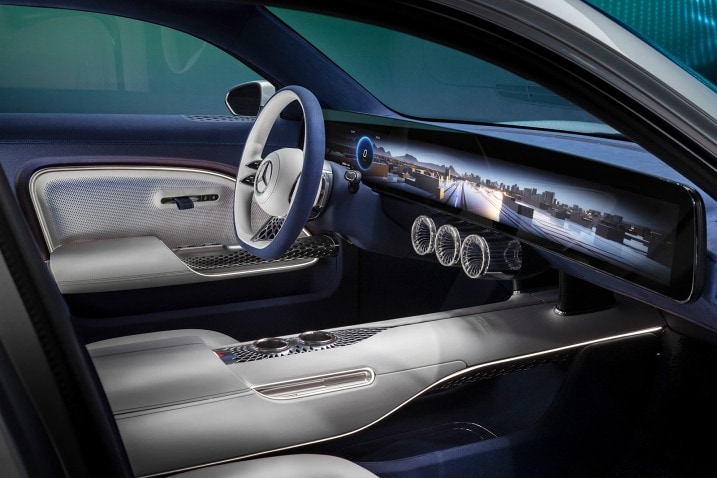
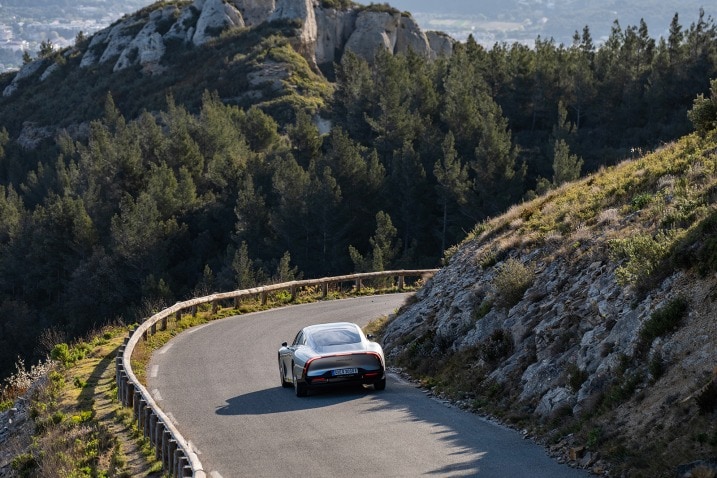
 by
by